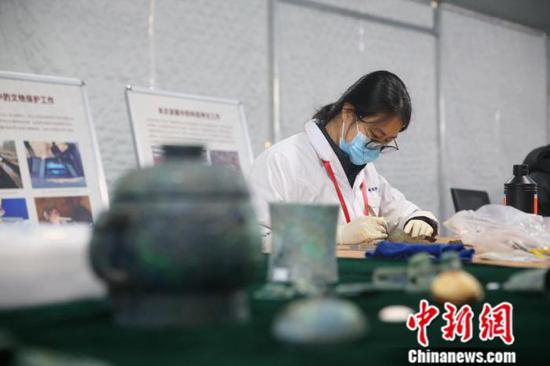
(ECNS) -- Inscriptions on a bronze ware unearthed from the Liulihe site in Fangshan District, Beijing, were revealed on Sunday.
They were regarded as valuable historical materials for studying early Beijing history.
The inscriptions prove Beijing’s over-3,000-year construction history, said Sun Qingwei, an archaeologist from Peking University.
The bronze ware, called You in Chinese, was one of the over 100 cultural relics unearthed from five tombs of the Liulihe site, which dates back to the Western Zhou Dynasty (1046 BC-771 BC).
The inscriptions indicate that the high minister Duke of Shao sent by the King of the Western Zhou once came to the Liulihe site to take charge of the construction of the capital walls of Yan, a vassal state at the time.
It turns out that the current Dongjialin Ancient City at the Liulihe site was once the capital of Yan, according to Beijing Archaeological Research Institute.
The Chinese character "Yong" in the inscriptions means building a city, which confirms that the Duke of Shao did come to the Liulihe site and build the capital of Yan, according to Lei Xingshan, an archaeologist from China's Capital Normal University.
The inscriptions are undeniable proof of Beijing's construction history exceeding 3,000 years. They are of great value for the study of the city's history in the world and can be called "the treasure of Beijing," said Sun.














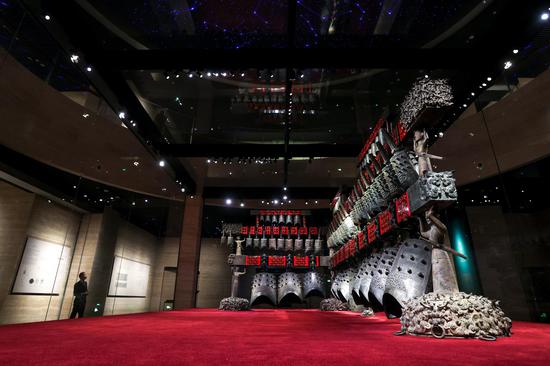



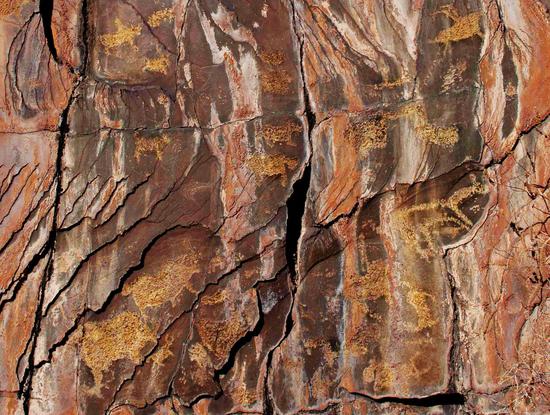
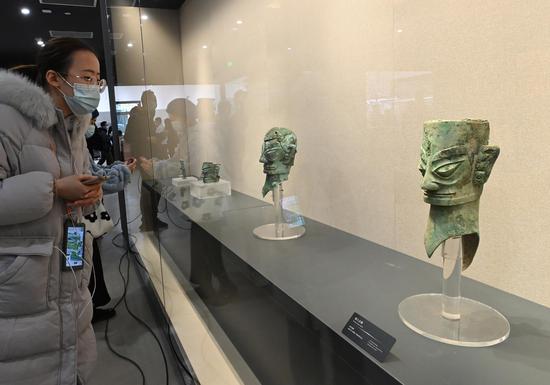


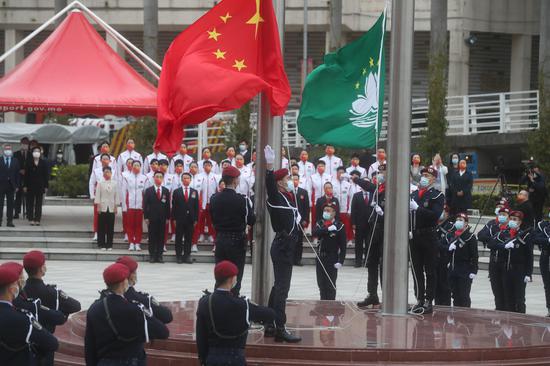

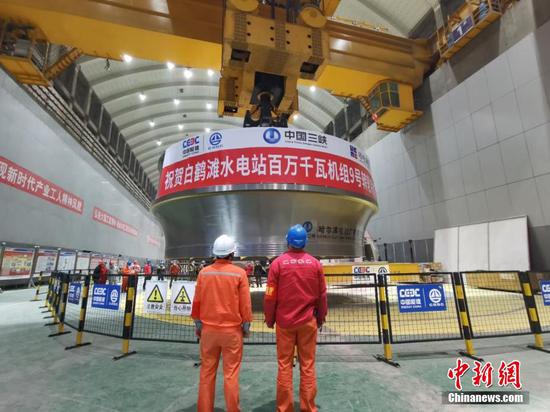







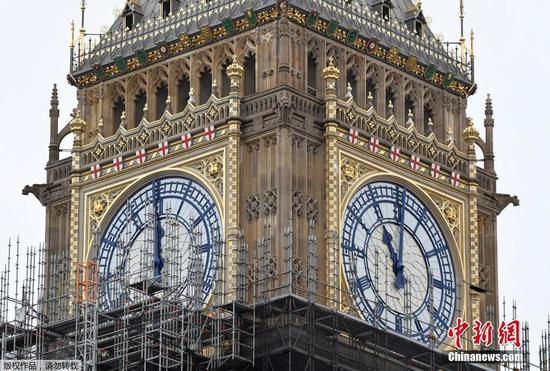











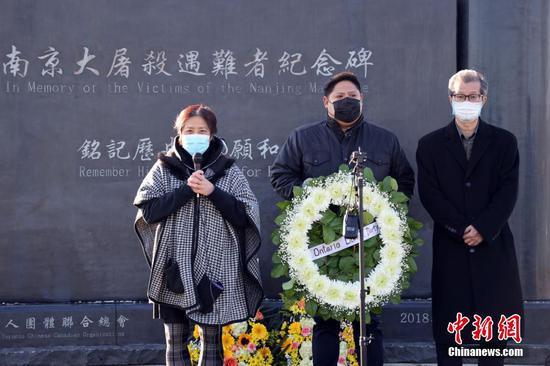





 京公网安备 11010202009201号
京公网安备 11010202009201号